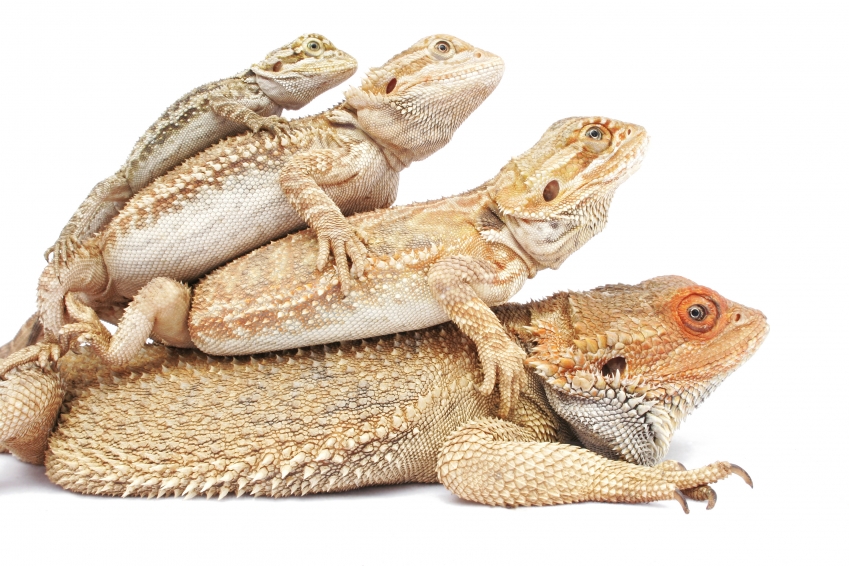Everything You Need to Know About Standard Bearded Dragons
Introduction
Are you looking for a reptile pet that is easy to maintain and fun to be with? Look no further than the standard bearded dragon. This lizard species, also known as Pogona vitticeps, originated from Australia and is popular among beginner reptile enthusiasts. In this blog post, we will discuss everything you need to know about standard bearded dragons, from their physical characteristics, habitat requirements, feeding, and more!
Physical Characteristics

Standard bearded dragons are medium-sized lizards that can grow up to 2 feet long, including their tail. Their color varies from tan to brown with some shades of red, yellow, or orange. What sets them apart from other lizards is their “beard” or the spiny projection under their chin, which they puff out when threatened or displaying. They also have a triangular head and large, round eyes that give them a cute, almost baby-like appearance.
Habitat Requirements
![]()
For a comfortable and healthy living, standard bearded dragons require a spacious enclosure that mimics their natural environment. A 40-gallon tank is the minimum size for one adult dragon, but larger is always better. The enclosure should have a basking spot and a cooler area, a UVB bulb, and a heat lamp to regulate temperature and light. Bearded dragons are diurnal animals, so they need 12-14 hours of light and 10-12 hours of darkness each day. The substrate can be reptile carpet, tiles, or paper towels.
Feeding

Standard bearded dragons are omnivores that eat both animal and plant matter. Their diet should consist of 70% insects and 30% vegetables and fruits. Good sources of insects are crickets, roaches, mealworms, super worms, and silkworms. Feed the insects with a special diet or gut-loading them with nutritious food before offering them to your dragon. Avoid feeding your dragon wild insects or insects caught from the garden, as they may contain harmful chemicals or parasites.
Behavior and Temperament
Standard bearded dragons are generally friendly and docile pets that enjoy being handled and interacted with their owners. They have individual personalities and can show affection, curiosity, or playfulness. However, young dragons and females may be more skittish and territorial, so handle them gently and with care. Bearded dragons are also known for their unique “wave” behavior, where they lift one of their front legs and wave it.
Health and Maintenance

Standard bearded dragons are relatively hardy and low maintenance pets. However, as with any pet, they require regular health checkups and proper care to avoid health issues. Make sure their enclosure is clean and free of feces, uneaten food, or debris. Provide fresh water daily and mist their enclosure to maintain humidity. Monitor their weight, digestion, and behavior and consult a reptile veterinarian if you notice any signs of illness or abnormality.
Conclusion
In conclusion, standard bearded dragons are amazing reptile pets that are easy to care for and fun to be around. They have unique physical characteristics and behaviors that make them stand out from other lizards. With proper habitat, diet, and care, they can live up to 15 years and even longer. If you are a beginner reptile enthusiast or looking for a new furry companion, consider getting a standard bearded dragon, and you won’t be disappointed!
